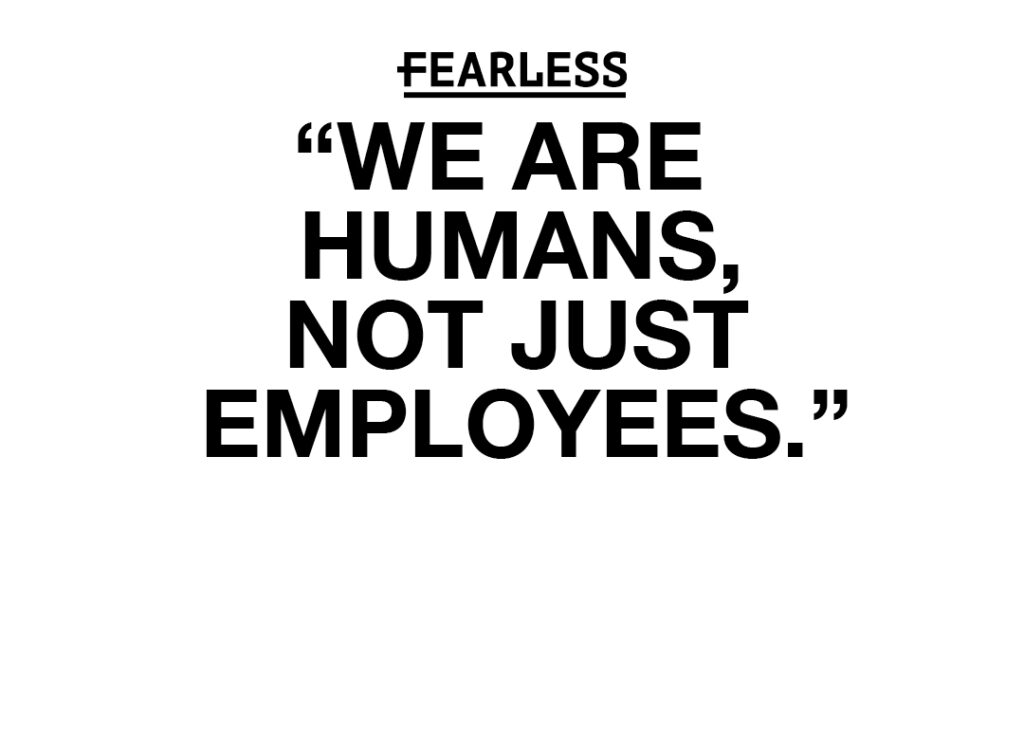DART scrambles to save D-Line, again

Downtown Des Moines’ free shuttle service, D-Line, is in financial trouble again.
Operation Downtown on July 1 plans to eliminate its $72,000 funding for the downtown shuttle, an approximately $350,000-a-year operation that carries 11,000 to 15,000 riders per month. That’s about a 20 percent cut in revenue.
Previously, the state and the city of Des Moines cut support for the popular trolley style buses that loop from along Grand Avenue and Locust street between the Western Gateway and the Capitol. The buses, operated by the Des Moines Area Regional Transit Authority (DART), pass stops every 10 to 15 minutes, and have operated since 2008. The state cut its funding in 2011, and the city did the same about four years ago.
Des Moines City Councilwoman Christine Hensley, a DART board member, said the development means the bus agency needs to find a way to pay for the service.
DART should not have to pay for the service alone, Hensley said, in part because originally the service was a partnership among business interests and government.
The D-Line has been seen as one of many services that have led to glowing reviews of downtown’s offerings and growth.
DART leaders plan to meet with Des Moines officials and representatives of the Greater Des Moines Partnership next week to discuss options.
At this point, no one has said the service will end, Hensley said. There could be discussion of reduced service, although trimming hours could confuse riders who value the shuttles’ steady, free service, which makes the D-Line worth using, she added.
The trick will be coming up with both a short-term way to keep the buses running, and a long-term budget answer, Hensley said. In the short-term, the city might consider using park-and-ride revenue to help D-Line.
DART General Manager Elizabeth Presutti said the shuttle has become an important feeder for DART’s other routes, which have been revamped in the past couple of years. That makes it more important that the shuttles keep running, even if it means raising property taxes or making other changes in the DART budget to cover the shortfall, she added.
D-Line will keep operating through at least mid-2016, and possibly longer, Presutti said. That will give time for DART to analyze what various changes, or a complete shutdown of D-Line, would mean to riders, businesses and others. Still, she would welcome a partnership to pay for the service.
“It was concerning to our commission that Operation Downtown and the businesses chose not to fund D-Line any longer,” Presutti said. “It’s an integral part of our system and it’s important to business downtown. It would behoove us to find a way to partner. We are not looking to discontinue the service without taking a look at the impact.”
If big changes are proposed, DART would be required to hold public hearings before making a decision, she added.
DART already is considering an increase in its property tax levy, Presutti added. DART’s annual operating budget is $28.5 million.
Gene Meyer, president of Downtown Community Alliance, which manages Operation Downtown, said falling property values caused budget issues at Operation Downtown, which gets money from a voluntary levy businesses pay on their property holdings.
“Operation Downtown’s mission is to keep the area clean, safe and beautiful,” Meyer said. “When we have funding, we love the D-Line. But it’s really a bit out of our mission. It’s kind of an added luxury.”
Meyer said it’s possible as property values increase in the future that Operation Downtown might consider supporting the shuttle again.









